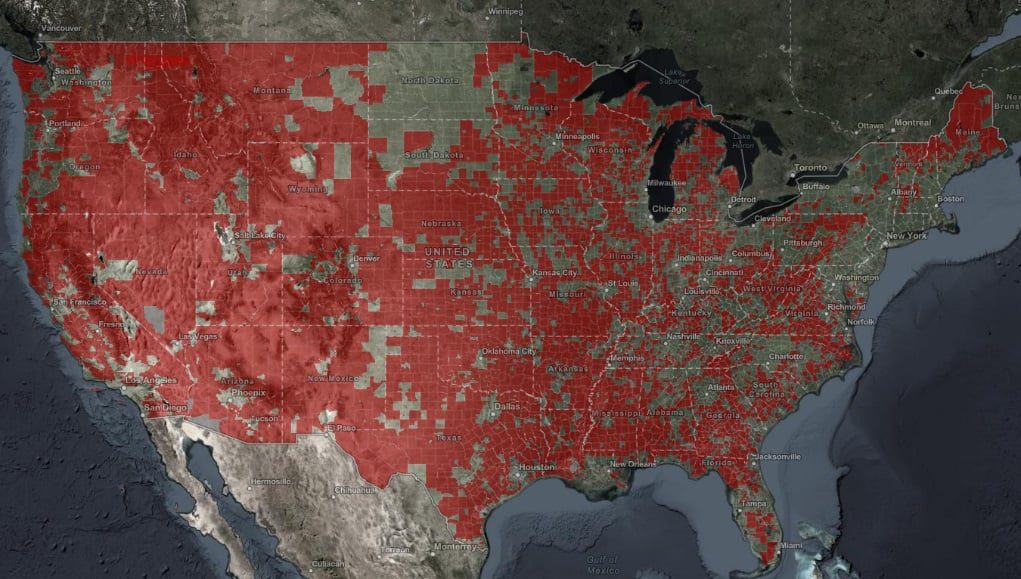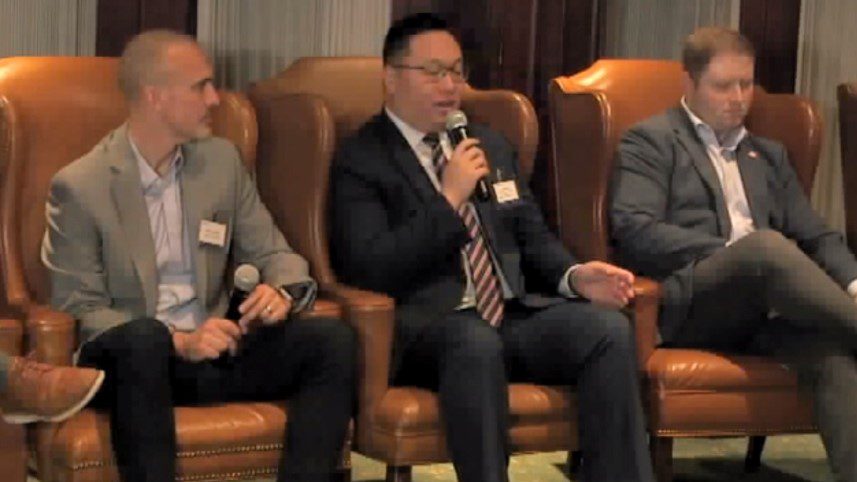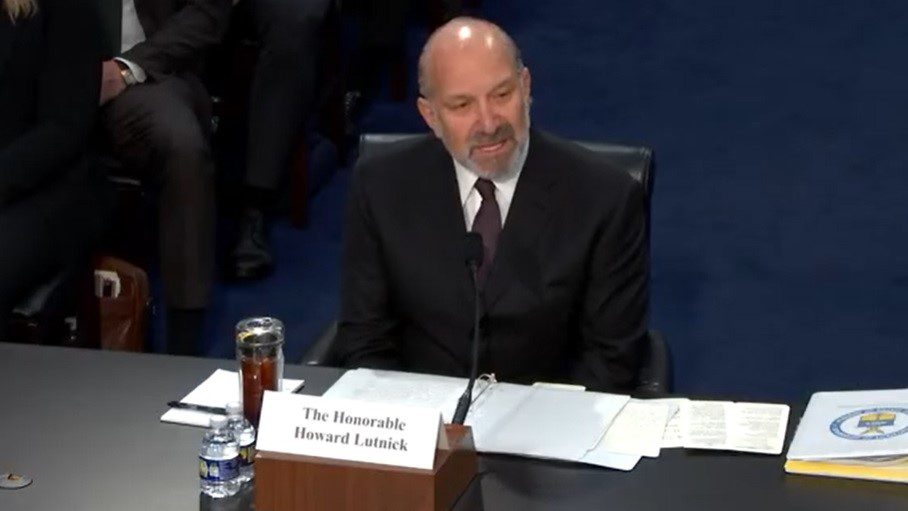NTIA Releases Latest Attempt at a Broadband Availability Map
Randy Sukow
|

The work goes on at the FCC to develop mapping data of broadband service in the United States, measuring down to individual structures that still lack high-speed service. In the meantime, the Commerce Department’s National Telecommunications and Information Administration (NTIA) today released its best estimation of where broadband is and where it isn’t, based on a new set of data points.
Past NTIA and FCC interactive maps have used data from the Commission’s twice-yearly Form 477 surveys and from the U.S. Census Bureau. Today’s National Broadband Data Availability Map is the first, NTIA claims, to combine both the government data and data from private third parties.
“As we release this important data to the public, it paints a sobering view of the challenges facing far too many Americans as they try to connect to high-speed broadband and participate in our modern economy,” Commerce Secretary Gina Raimondo said in a press release. The new map comes as Congress debates funding in a national infrastructure bill. The Biden Administration originally proposed $100 billion for broadband projects in his American Jobs Plan earlier this year. However, Congress appears to be zeroing in on a significantly lower figure.
The NTIA map integrates data from online speed test providers M-Lab, Ookla and Microsoft with the government sources to determine areas that do not have access to internet service at or above 25 Mbps downstream and 3 Mbps upstream. M-Lab and Microsoft data measures availability on a county level while Ookla and government sources measure by census blocks. The map also uses census information NTIA has not included in the past on broadband maps, such as low-income areas and tribal lands.
Late last year, Congress passed legislation with funds for an FCC map based on more detailed shapefile data, more granular than the current government data at the census block level. The FCC has said that it will delay future broadband funding through Phase II of the Rural Digital Opportunity Fund (RDOF) and the 5G Fund reverse auctions until the detailed map is ready.


